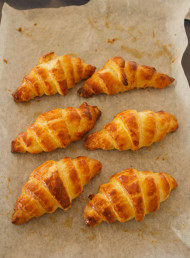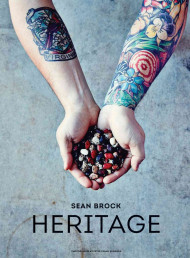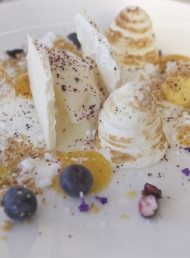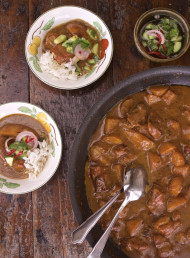Cook the Books - Dominique Ansel: Secret Recipes
Photography by David Parker.
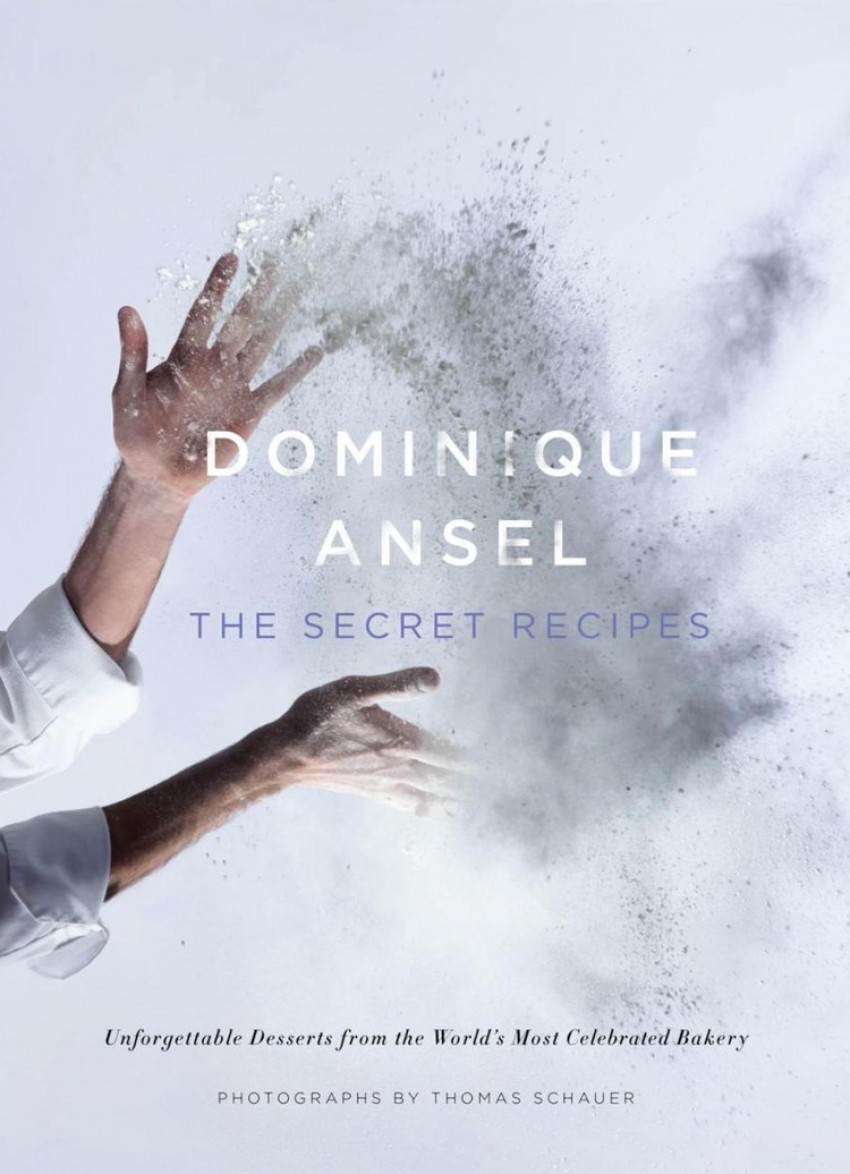
David Parker encounters his first baking disaster in his plight to review the inventor of the Cronut's new cookbook. Things got messy...
View Dominique Ansel's Apple Tarte Tatin recipe here.
Secret Recipes is the first cookbook by New York chef Dominic Ansel, famous for the invention of the Cronut. In May 2013 I saw an article on the Cronut and hurriedly sent it to my good friend and chef Talita Setyady who was in New York at the time. I was very excited, this surely had to be the greatest invention. Talita queued up early in the morning and was even caught by a TV crew but wasn't overly impressed with her cronut considering people were selling them for big money on the internet! A few months later I finally sunk my teeth into one. Yeah they're good, but I didn't really see the need for such a craze. But I guess everyone wants to have that first sip of chocolate milk.
I would've been quite interested to try and make the cronut at home but someone told me that they were 'so 2013' plus I didn't have three days to prep for it! Instead I chose Dominique's take on Apple Tarte Tatin. In this version, the apples are baked separately in caramel and placed atop a sable cookie (a French shortbread cookie). The photo from the book looked incredible.

I started on the sable cookies the night before, beating egg yolks and sugar, then adding butter and folding in flour and baking soda.

The recipes in this book seem to have incredibly precise instructions. I am a fan of precision! Dominique says to draw a rectangle on a baking sheet with a ruler and to roll the dough out to fit in the rectangle. I didn't manage to roll it out perfectly but it was very evenly rolled out and close enough.

The rolled out dough sat overnight in the fridge. The next day I cut out 6 cookies; the book suggested cutting around the pots that I'd be cooking the apples in but this came out a bit messy. Instead I found a cookie cutter slightly smaller than my pots.
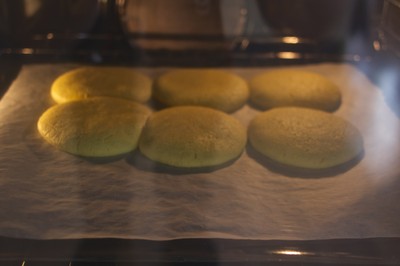
A few minutes after the cookies entered the oven the first expletive exited my mouth. In the photo the cookies had such sharp edges and looked like they'd hardly expanded. Using my logic, if I was directed to cut them the same size as the pots the apples will be in they'll have to stay that size and not expand right? Wrong. Instead of slightly rising they spread outwards... lots... shit.

I had enough dough for three more cookies so I rolled them out and put the unbaked cookies back in the fridge for a while and lowered the temperature of the oven, but they too spread out. There was nothing I could do about them, so I soldiered on making the caramel by heating sugar syrup up to 175°C and adding in the butter.

I then poured the caramel into my somewhat experimental receptacles. The recipe calls for six three-inch cake pans, I managed to find one in a shop but it was $24. I decided to try it with ramekins that were around the right size. I also thought that an extra large muffin tray would probably work, but I only had regular sized muffin trays and the caramel ended up spilling over the sides.

I peeled and cored all of the apples except one that I cut into segments to be slotted into the other cored apples. I tried to force one of the segments and the apple broke, not a massive disaster.
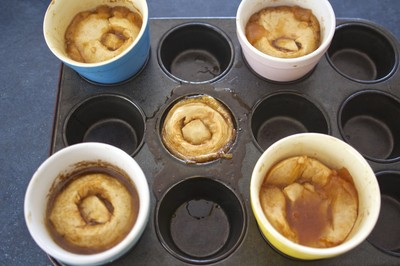
The apples were cooked for 30 minutes and then I was supposed to press them down a little, they didn't seem to want to be pressed but I pressed anyway.
After an additional 30 minutes in the oven they got another press down and they seemed softer this time around. I repeated the process again and they squished down quite nicely. This is probably where I should've left them. Instead, I decided not to rush things and put them back in for the fourth time as suggested by the book. When they came out this time they had really shrunk down. At this point I thought they were perfect!
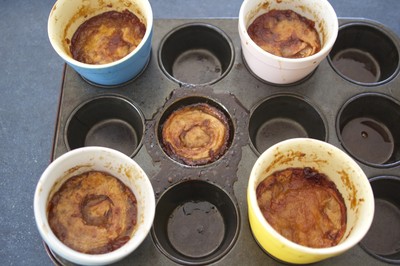

After resting in the fridge for an hour I pulled an apple out and put the ramekin in the oven to hopefully slightly melt the caramel and ease out the golden and shiny apple. A picture says a 1000 words so below is my first attempt.
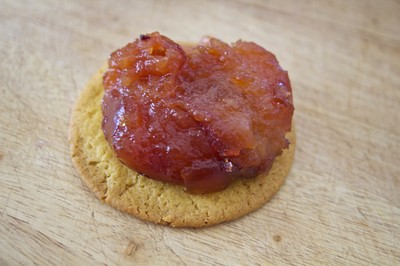
It wasn't pretty. More expletives here. I carefully removed the rest of the apples from their ramekins/tin and this was my best attempt – not awful, but nowhere near what I was expecting.
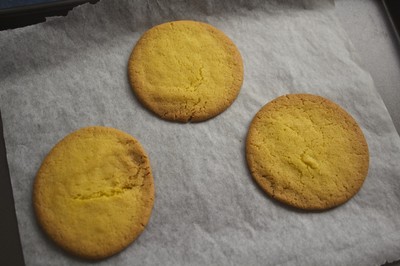
I managed to fix the oversized cookies by putting them back in the oven for about 1 minute to soften and then used the original cookie cutter to trim them down to size. But I had definitely cooked all of the apples too long, they were so soft with almost no texture to them. I think looking at the photo now I had been overzealous in pressing them down.
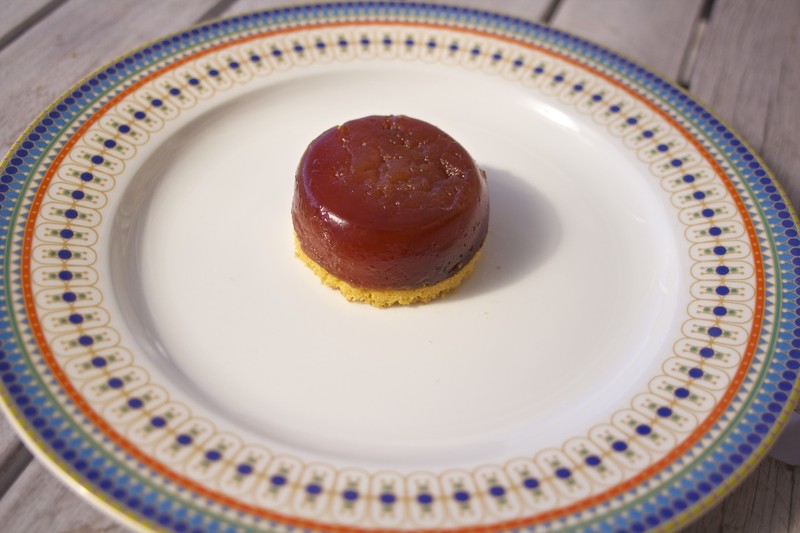
My first real baking disaster for the column! I knew it was inevitable but I will hang my head in shame for the next few weeks. I'm determined to tackle these again. I might need to muster some confidence first but I will conquer this recipe.
latest issue:
Issue #120
As the days become shorter, and the nights cooler, the latest issue is perfectly timed to deliver delicious autumn dishes. From recipes using fresh seasonal produce such as feijoas and apples, to spectacular soothing soups and super-quick after-work meals in our Food Fast section, we’ve got you covered. With Easter on the horizon, we feature recipes that will see you through breakfast, lunch and dinner over a leisurely weekend holiday, and whip up chocolatey baking treats sure to please. We round up delicious dinners for two and showcase a hot new Korean cookbook before heading south to Dunedin to check out all that’s new in food and dining.The latest issue of dish is on sale NOW at all good bookstores and supermarkets – don’t miss it!

